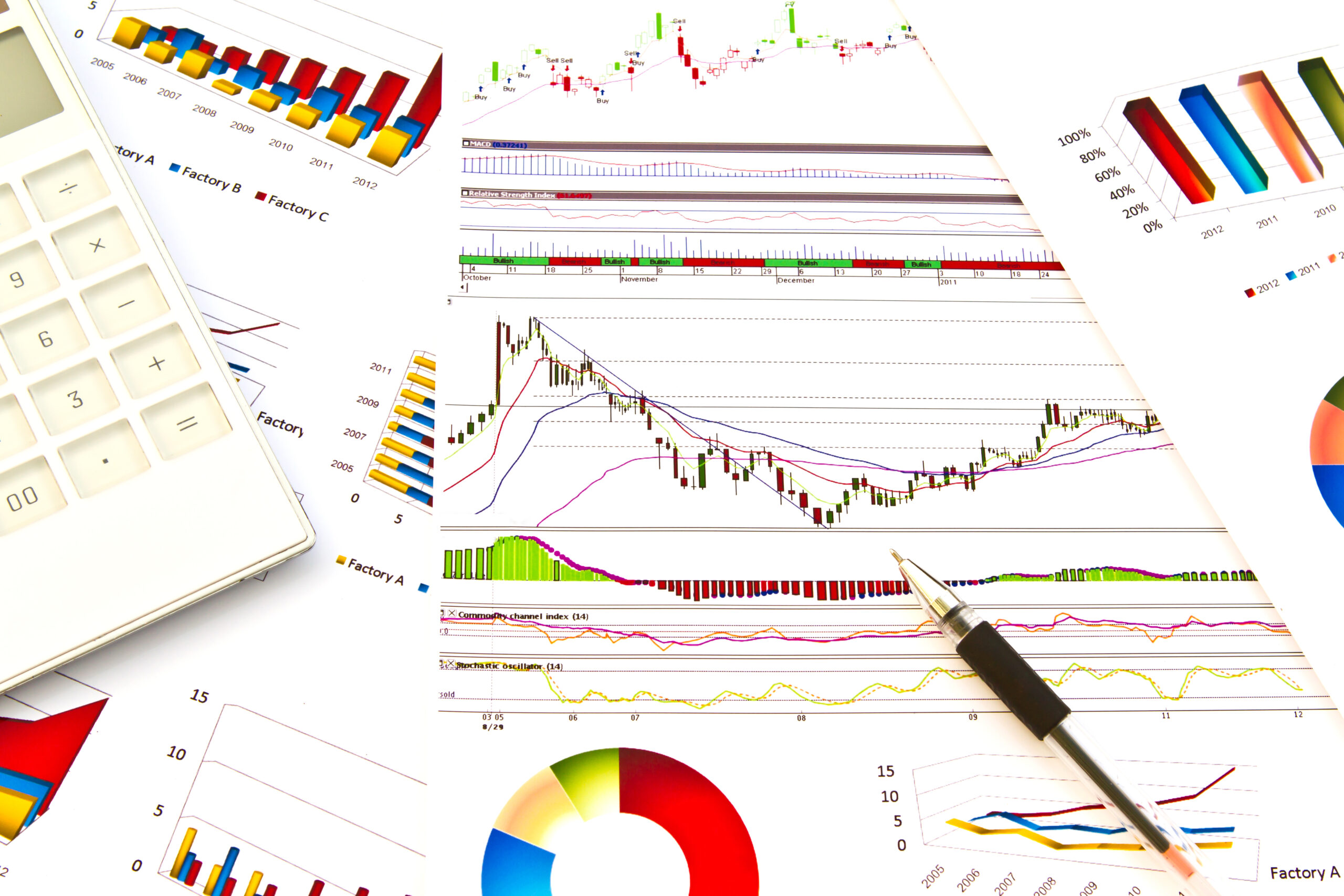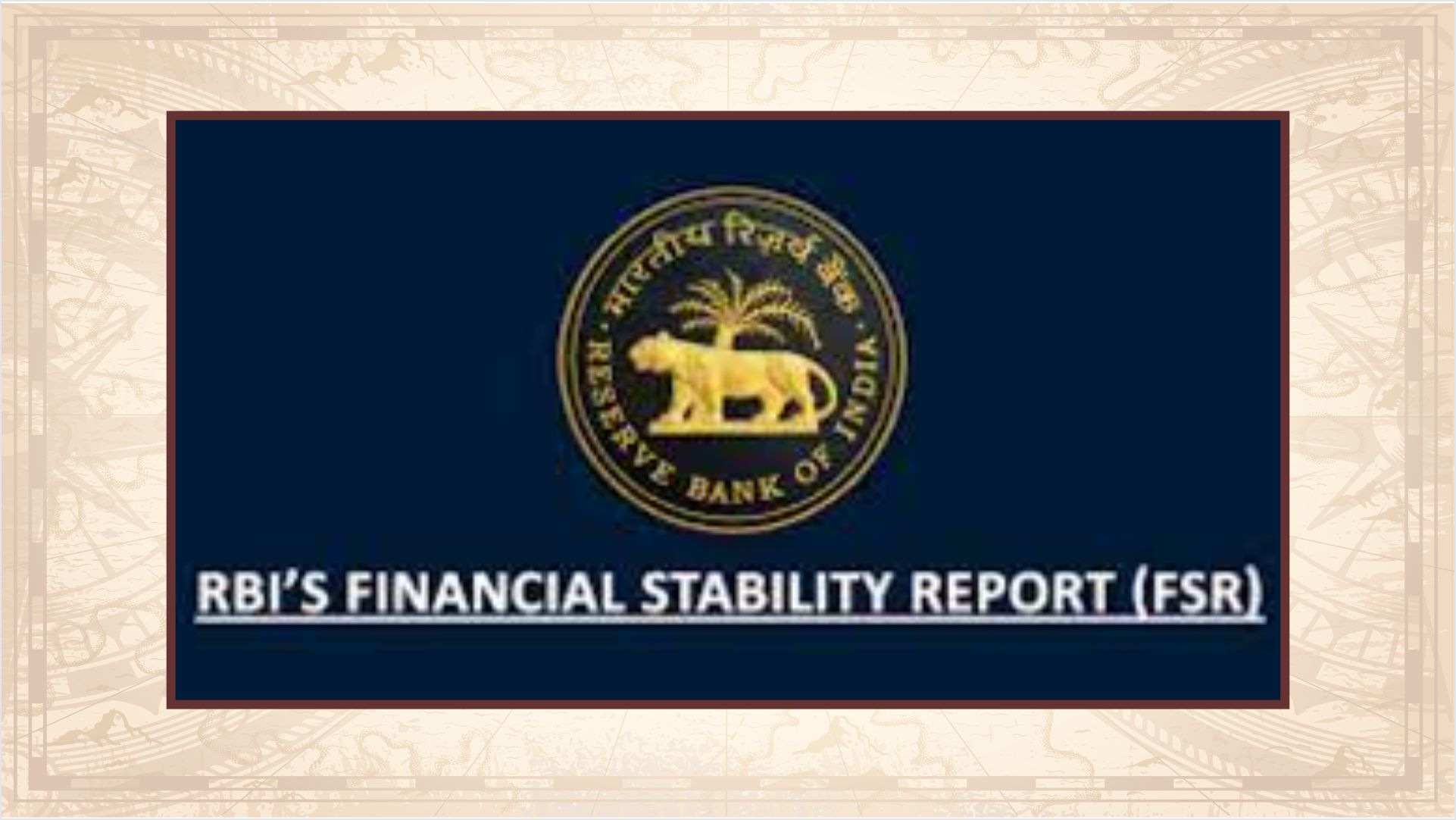
Decoding Financial Health: Understanding the Debt/Equity Ratio
In the intricate world of finance, businesses navigate a delicate balance between debt and equity to sustain operations and foster growth. One of the key metrics shedding light on this equilibrium is the Debt/Equity Ratio. Let’s delve into the significance of this ratio and unravel its implications for businesses and investors alike. Understanding the Debt/Equity Ratio Defining the Ratio: The Debt/Equity Ratio is a financial metric that gauges the proportion of a company’s financing that comes from debt compared to equity. It is calculated by dividing a company’s total liabilities by its shareholders’ equity. Formula: Debt/Equity Ratio=Total Debt/Shareholders’ Equity The Significance Financial Stability: Low Ratio: A low Debt/Equity Ratio suggests that a company relies more on equity financing, indicating financial stability and a lower risk of insolvency. High Ratio: Conversely, a higher ratio may signify greater reliance on debt, potentially increasing financial risk and susceptibility to

Varun Beverages’ South African Venture: A Sip into New Horizons
In a strategic move set to redefine its global footprint, Varun Beverages has set its sights on acquiring a 100% stake in The Beverage Company, based in South Africa. This significant endeavor, valued at Rs 1,320 crore, marks a bold step forward for Varun Beverages, positioning it as a key player in the vibrant South African beverage market. The Beverage Company: A Gateway to Refreshing Opportunities 1. Business Focus: The Beverage Company (Bevco) specializes in the manufacturing and distribution of both licensed (PepsiCo Inc) and proprietary non-alcoholic beverages. This encompasses a diverse range of refreshing drinks that have become household favorites globally. 2. Franchise Rights: Bevco holds the coveted franchise rights from PepsiCo in South Africa, Lesotho, and Eswatini. This not only solidifies its standing as a key partner but also reinforces its commitment to delivering PepsiCo’s renowned beverages to consumers in these regions. 3. Extensive Distribution Network: Bevco’s

Unveiling StocksEmoji: Simplifying Stock Market Investing for Everyone
“The stock market is filled with individuals who know the price of everything, but the value of nothing.” These words by Phillip Fisher resonate with the reality that many potential investors face, feeling overwhelmed by the complexity of the stock market. However, StocksEmoji is here to debunk the myth that the stock market is not for everyone. Our mission is to bridge the knowledge gap and make stock market investing accessible to all through a user-friendly application that employs simple emoji analysis. Our Products: StocksEmoji offers a suite of products designed to empower investors and demystify the intricacies of the stock market: Stock Help Stock Box Stock Optimizer Stock Analyzer Research Calls Watchlist Quoting Peter Lynch, “Know what you own, and know why you own it,” our products are tailored to equip investors with the knowledge and understanding they need to make informed decisions. Reasons to Choose StocksEmoji: Informative Advantage:

FALL and RISE of ADANI: Decoding the Rollercoaster Journey
Explore the gripping tale of the Adani Group’s eight-year rollercoaster ride in the heart of India’s business landscape. From miraculous market ascents to forensic financial investigations, this blog unveils the highs and lows, legal scrutiny, and the resilient spirit of one of India’s most prominent conglomerates. Join us as we decode the complexities and controversies surrounding the Adani Group’s journey in the ever-changing world of stocks and finance

Factor Investing Strategy
Factor Investing in lemans terms is rule based investing in stocks. In factor investing there are certain set of fixed transparent rules which are used to qualify stocks for investment. The rules set are attributes which are the driving forces behind stock returns. A factor-based investment strategy involves tilting investment portfolios towards and away from specific factors in an attempt to generate long-term investment returns in excess of benchmarks. The approach is quantitative and based on observable data, such as stock prices and financial information, rather than on opinion or speculation. How Factor investing came into existence? Reference: Fidelity||Overview of Factor Investing In the late 1960s ,the first model of CAPM was introduced which can be considered as base of factor investing. In the first and basic model of factor investing it was suggested that a single factor market exposure drives the risk and return of a stock. Then was

Dow Theory Explained: What It Is and How It Works
The Dow theory based on the stock price movement was introduced to the world in 1932 by William Peter Hamilton, Robert Rhea and E. George Schaefer who derived the Dow theory from 255 editorials written by Charles H Dow in the year 1900-1902 published in Wall Street journals. Dow himself never used the term Dow theory nor presented it as a trading system. Dow Theory served as an initial basis for further development of technical analysis, and nowadays it still plays an important role in the financial world. The Dow theory is based on the 6 tenants which are as follow The market has three movements The following are the 3 movements of the market The “main movement” it is considered as primary movement which can last for years. When there is a wave of rising prices, we have a rising(bull) market, when prices are declining, we have a falling (bear) market,

The USD-INR Affair
USD-INR forex pair has been in the headlines since the start of the year because of the degrading value of Rupee wrt to US dollars. On 01st July 2022 rupee closed at 79.063 with day high of 79.48 for 1 US dollar. the Indian Rupee has fallen for 4% in the past 6 months. The rising value of USD against Indian rupee has become a concern for the Indian economy. Rising prices of food and fuels due to the Ukraine-Russia war has been one of the major reasons of depreciation of Rupee. The strength of the US dollar was a result of risk-off sentiment that came partly from concerns over the US Federal Reserve’s capability to check high inflation, which raised the US dollar’s appeal as a safe-haven currency. How does the Prices fluctuate of USD_INR currency in forex exchange? The USD-INR forex works on the demand and supply of

Stock Help Analysis: Your Ultimate Health Card for Wealthy Stocks
Ralph Waldo Emerson once famously said, “Health is Wealth,” and this philosophy resonates not only in our personal lives but also in the dynamic world

Stock Emoji Analyser for Stock Analysis
Stock Emoji Analyser for Stock Analysis Embarking on the journey of investing is akin to embarking on a treasure hunt. The goal? Uncover a stock

Unveiling StocksEmoji: Simplifying Stock Market Investing for Everyone
“StocksEmoji is revolutionizing stock market investing by making it accessible to everyone. With simple emoji analysis, comprehensive data, and user-friendly tools, we empower investors to make informed decisions with ease. Whether you’re a beginner or an experienced investor, our platform offers unbiased guidance, visual data simplification, and expert insights to help you navigate market trends confidently.”

Tata Consumer’s Grocery Grab: Analyzing the Capital Foods & Organic India Acquisitions
Tata Consumer Products Ltd. (TCPL), the Indian FMCG giant behind Tetley tea and Himalayan water, made headlines with its recent acquisitions of Capital Foods and Organic India. But were these wise moves, or simply supermarket impulse buys? Let’s delve into the numbers and analyze the potential impact of these deals.

Japan’s Nikkei 225 Hits Three-Decade High
In a remarkable turn of events, Japan’s Nikkei 225 Stock Average has reached heights unseen since the nation’s bubble economy era over three decades ago. Closing at 33,763.18 in Tokyo, the blue-chip gauge surged 1.2%, marking its highest level since March 1990. This resurgence reflects growing investor optimism as Japan emerges from its prolonged battle with deflation, signalling a positive outlook for the country’s economic growth.

Electrifying the Roads: Nishant Arya’s Vision for a 100% Electric bus future by 2030
In recent years, the automotive industry has witnessed a paradigm shift towards sustainable and eco-friendly solutions, driven by a global commitment to reduce carbon emissions. One company at the forefront of this transformation is JBM Auto Ltd, a key player in the Indian automotive sector.

Unveiling Atmanirbhar Bharat Abhiyan: A Revolutionary Roadmap for Self-Reliant India 🚀
In a world of constant change, India has charted a course towards self-reliance with the Atmanirbhar Bharat Abhiyan. This transformative initiative is not just a policy but a journey that touches every aspect of our lives. Let’s dive into the heart of it!

Catalysts of change: Decoding India’s Economic Landscape for Investors
As India charts its course toward economic prosperity, driven by a resurgent capex cycle, robust banking sector, and strategic shifts in global supply chains, the nation is poised for sustained growth in 2024. Investors and businesses alike have a myriad of opportunities to explore in this dynamic landscape, solidifying India’s position as a key player in the global economic resurgence.

SOBHA Ltd: Building a Future of Growth and Resilience
In the dynamic landscape of the real estate sector, SOBHA Ltd. has been an intriguing player, experiencing a transformative journey over the recent years. As we delve into the company’s performance, strategies, and challenges, a compelling narrative of growth and resilience unfolds.

Insights from RBI’s Financial Stability Report
In its latest Financial Stability Report (FSR), the Reserve Bank of India (RBI) sheds light on the rapid expansion of the retail credit segment, raising concerns about the pro cyclicality of lending and heightened debt servicing costs. While there are no immediate signs of stress, the report emphasizes the need for vigilance, especially given the impressive compound annual growth rate (CAGR) of 25.5% in retail loans between September 2021 and September 2023.